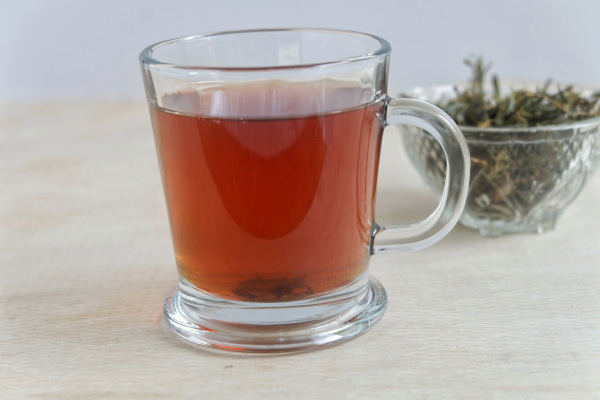How to grow Taxus
Taxus is a type of conifer which is more commonly known as Yew. Taxus live for thousands of years, with the oldest Yew in the UK estimated to be between 2,000-3,000 years of age! While relatively slow growing in maturity, young Taxus can grow 30cm in height each year; making them perfect for landscaping, hedging or in a border.
A coniferous tree or shrub, Taxus will produce cones instead of flowers. However, yew shrubs - also known as the common or English yew - will grow what appear to be red, fleshy berries known as arils. Arils cover and protect the seed and have evolved to appear as berries to encourage seed transportation by birds. The aril itself is not toxic or harmful, but the seed inside it when broken or split would result in poisoning if swallowed. So - like most other parts of a Yew - the aril should not be touched or ingested by humans, animals or livestock.
One of the more common uses for Taxus is as a border hedge. Taxus baccata used as hedging will reach a height of 4 metres at full maturity. This not only gives you privacy but provides a crisp green backdrop for the more colourful and vibrant flowers grown in your garden.

Key Information
Soil pH
Position

Hardiness

Where & when to plant Taxus
To prevent your Taxus from experiencing thin or floppy growth, make sure your desired spot has at least some sunlight. While full sun is not necessary, a few hours a day of sunshine is sufficient for the best growth. Taxus prefers moist, well-draining soil - however, it is able to tolerate short periods of overwatering or dry spells. Although you may wish to plant your Taxus as a privacy or decorative hedge, try to shield it from anywhere that experiences strong winds, as it will struggle to tolerate this for long periods of time.
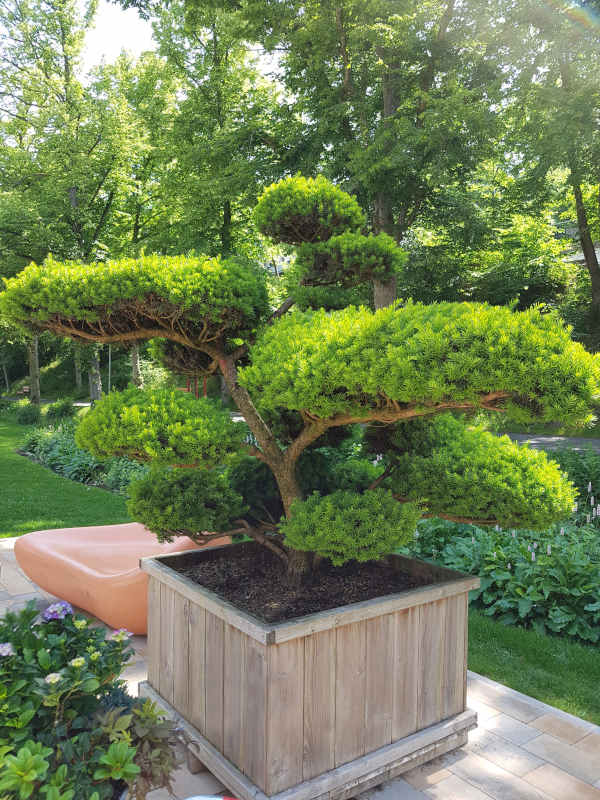
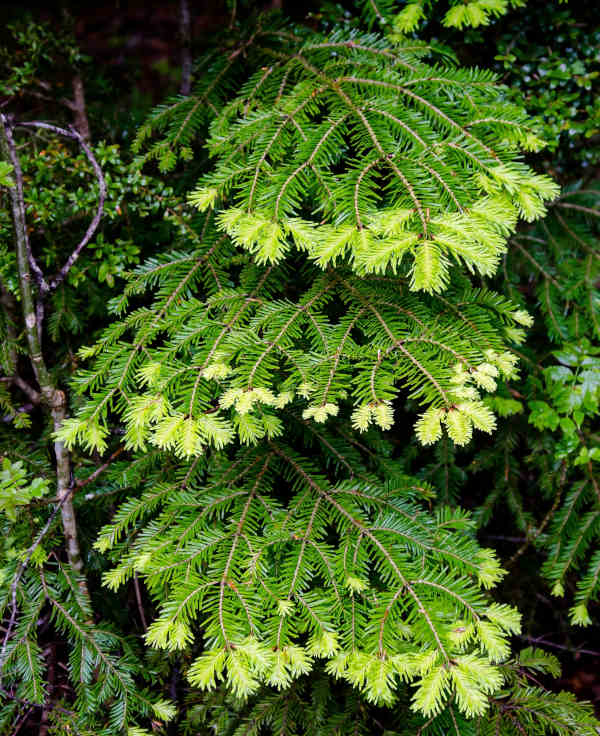
How to plant Taxus
The best time to plant evergreens such as Taxus is either September-October or March-April. Make sure to find a spot where water will not pool and the soil will drain well; waterlogging is one of the biggest issues that Taxus faces, often leading to root rot
If planting a hedge, you will want to start with plants no bigger than 2 feet in height. Water regularly to moisten the soil and foliage
You can also plant Yew in containers. Again, make sure they are growing in compost with plenty of drainage available.
What to plant with Taxus
Realistically, Taxus are normally grown by themselves as they are planted as hedges or in decorative containers. However, they create a beautiful green backdrop with red flowering buds - if you are planting your Taxus behind a flower bed, try and contrast the greenery with vibrant colours in front. Avoid flowers that like acidic soil and try Rosa (Roses), Syringa (Lilacs) and Lavandula (Lavender) – these are perfect picks.

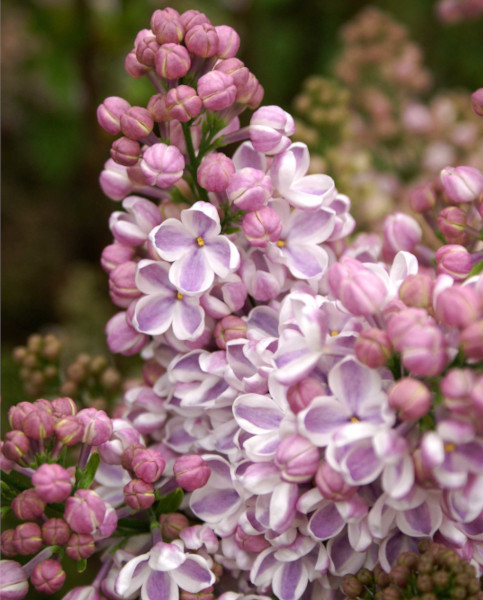
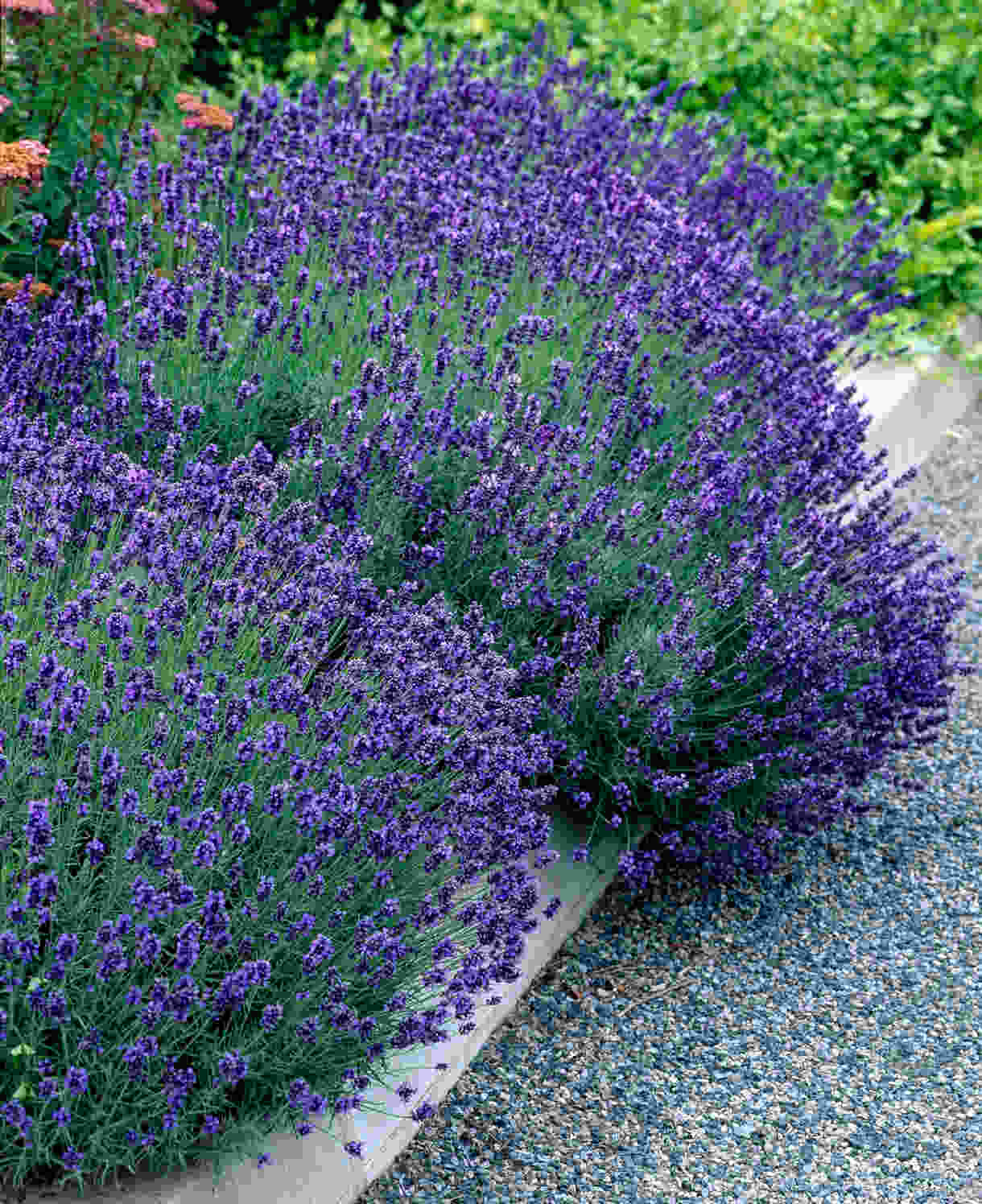
How to care for Taxus
Pruning & Deadheading
Your Taxus will require pruning once a year, as it is fast-growing with a rate of up to 30cm annually it will be kept neater with an annual reshape and this will also encourage new, denser growth. Do this before the new foliage appears and, as always, remove any dead or diseased branches as you come across them.
Watering
In the first year of planting, you will need to water regularly to help establish healthy roots. After that, keep an eye on the soil. Extended dry periods and hard soil are not good for Taxus as they can only survive short periods of drought.
Cold Protection
Taxus may struggle with rapid changes in temperature - extreme cold or frost and will make it susceptible to brown foliage or winter burn. Try to keep moisture and warmth levels relatively constant – especially whilst your plants establish. Given time your plant will, most likely, recover from any damage.
Pests & Diseases
Taxus is susceptible to a couple of diseases. One of these being root rot, which can be caused by prolonged wet soil or standing water. Taxus may also struggle with animals - if cats or dogs urinate on the lower portion of a hedge, this is likely to cause problems with the pH of the soil.
How to propagate Taxus
The best way to propagate Taxus or Yew is by using cuttings. Look for strong needles rather than side shoots, as the side shoots are unlikely to grow as strong and as upright as you would like
Take healthy cuttings from this year’s growth - this means cuttings that are not bending or brown. Cut to around20 - 30cm in length
Prepare a small pot with cutting compost, remove the leaves from the bottom half of your cutting and add it to the edge of your pot - this helps to support the stem and keep it upright.
Move the cutting pot into a warm area out of direct sunlight. Keep the compost moist and mist the leaves. You can expect to wait 2-3 months for rooting to occur.
Common Taxus Questions
Are all Taxus poisonous?
Yes, unfortunately, all Taxus are poisonous. Almost every part of the plant is toxic to animals and humans if touched, and poisonous if ingested.
How do I identify a Yew tree?
You can identify a Yew tree by looking for needle-shaped leaves. They are broad, flat, spaced out and normally have a point at the end of them.
Is Taxus edible?
Technically speaking, the red flesh of the berries is edible. However, the centre of the seed is poisonous, as is the rest of the tree, leading to fatal poisoning. We would strongly advise that you do not attempt to eat anything from Taxus!
